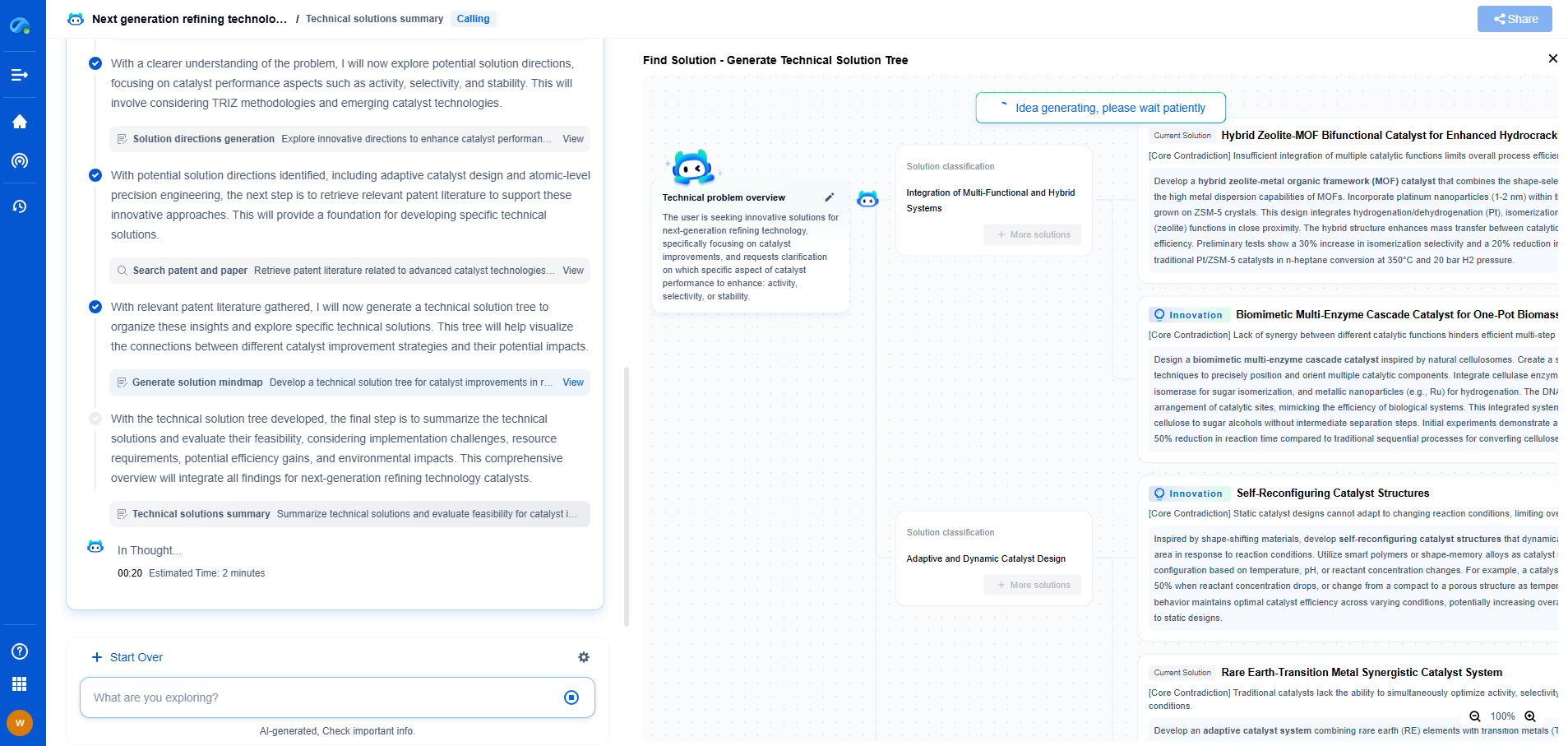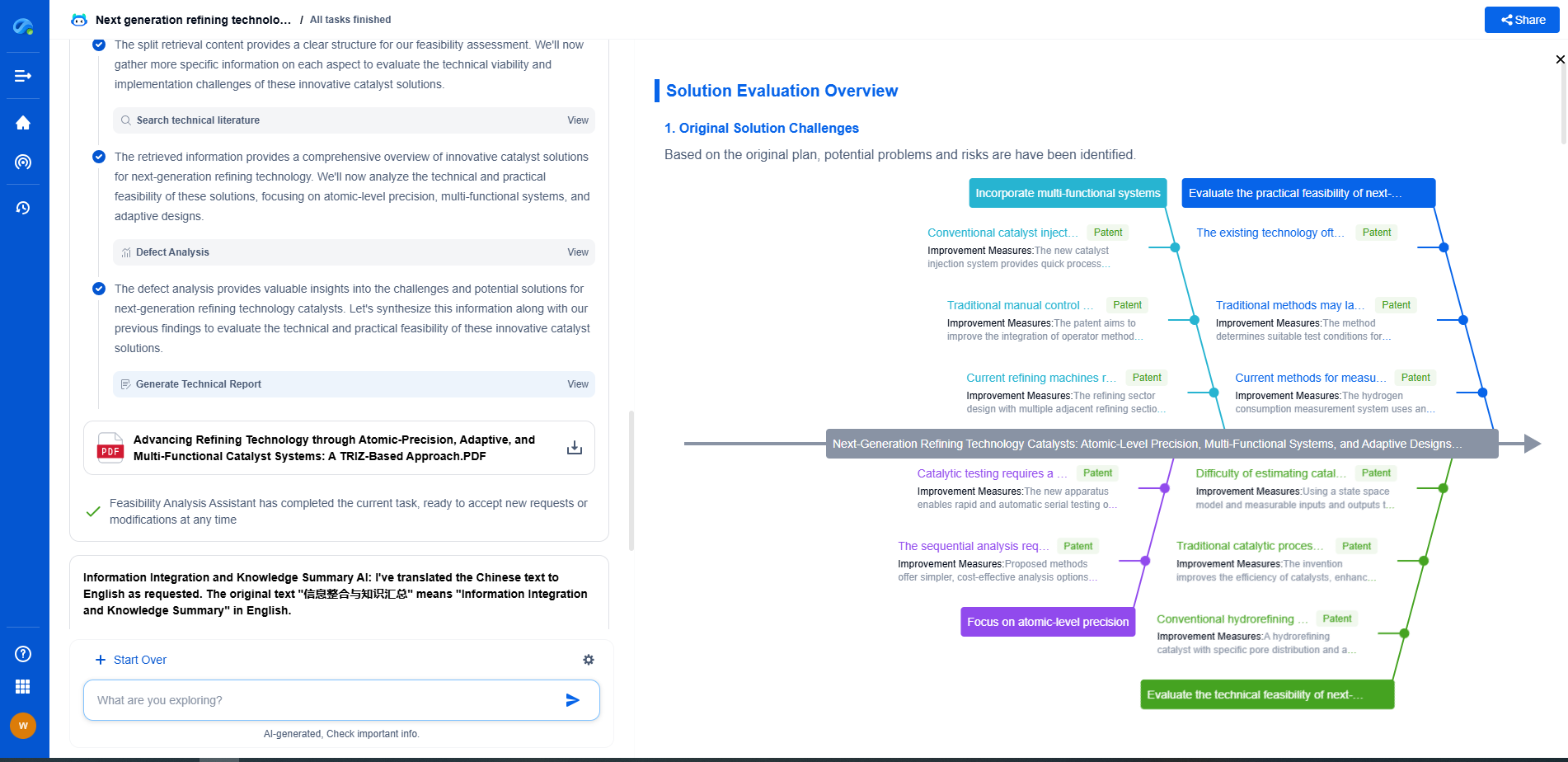Retrofitting Legacy Systems for IEC 61850 Compliance
JUN 26, 2025 |
IEC 61850 is an international standard defining communication protocols for intelligent electronic devices at electrical substations. It plays a critical role in ensuring seamless and efficient communication across power systems, facilitating interoperability among devices from different manufacturers. Given the increasing emphasis on smart grids and efficient energy management, compliance with IEC 61850 has become essential. Retrofitting legacy systems to align with this standard is a significant challenge faced by many utilities and industries.
**Understanding Legacy Systems**
Legacy systems in the context of power utilities often refer to older infrastructure and equipment that have been operational for decades. These systems, while reliable, are often incompatible with modern communication protocols. They typically rely on proprietary, vendor-specific protocols that do not support the advanced functionalities and interoperability that IEC 61850 offers. Retrofitting these systems is not merely an upgrade but a transformation that brings them into the modern era of digital communication.
**Challenges in Retrofitting Legacy Systems**
One of the primary challenges in retrofitting legacy systems is the inherent complexity and diversity of existing infrastructure. Each system may have its unique configuration, making a one-size-fits-all approach impractical. Moreover, there is a need to ensure minimal disruption to ongoing operations during retrofitting, as downtime can lead to significant operational and financial consequences.
Another challenge is the potential lack of documentation for older systems, which can impede the process of integration with IEC 61850 standards. Additionally, staff accustomed to traditional systems might require training to manage and maintain newly upgraded systems effectively.
**Approaches to Retrofitting**
To address these challenges, a systematic and phased approach is often recommended. The first step involves a thorough assessment of the existing infrastructure, identifying components that can be upgraded or replaced. This assessment should also consider the long-term operational goals of the organization to ensure that the retrofit aligns with future needs.
Once the assessment is complete, the next phase involves the integration of gateway devices or protocol converters. These devices serve as a bridge between legacy systems and newer IEC 61850-compliant technologies, allowing for communication without the need for complete system overhaul. This step is crucial in maintaining the functionality of existing systems while gradually transitioning to modern standards.
**Benefits of IEC 61850 Compliance**
Retrofitting legacy systems to meet IEC 61850 standards offers numerous benefits. One of the most significant advantages is enhanced interoperability, allowing devices from different vendors to communicate seamlessly. This interoperability facilitates more efficient system operations and can lead to cost savings by reducing the need for vendor-specific solutions.
Additionally, IEC 61850 compliance improves system reliability and scalability. The ability to integrate new devices and technologies as they become available ensures that the power system remains adaptable to future advancements. Enhanced data collection and analysis capabilities also enable more informed decision-making, leading to improved overall system performance.
**Conclusion**
Retrofitting legacy systems for IEC 61850 compliance is a strategic move that can yield substantial benefits for utilities and industries. While the process presents several challenges, a methodical approach and the use of bridging technologies can facilitate a smooth transition. The shift towards IEC 61850 not only future-proofs existing infrastructure but also aligns with the global movement towards smarter and more efficient power systems. As the energy landscape continues to evolve, ensuring that legacy systems keep pace with modern standards is crucial for maintaining competitiveness and operational excellence.
Stay Ahead in Power Systems Innovation
From intelligent microgrids and energy storage integration to dynamic load balancing and DC-DC converter optimization, the power supply systems domain is rapidly evolving to meet the demands of electrification, decarbonization, and energy resilience.
In such a high-stakes environment, how can your R&D and patent strategy keep up?
Patsnap Eureka, our intelligent AI assistant built for R&D professionals in high-tech sectors, empowers you with real-time expert-level analysis, technology roadmap exploration, and strategic mapping of core patents—all within a seamless, user-friendly interface.
👉 Experience how Patsnap Eureka can supercharge your workflow in power systems R&D and IP analysis. Request a live demo or start your trial today.
- R&D
- Intellectual Property
- Life Sciences
- Materials
- Tech Scout
- Unparalleled Data Quality
- Higher Quality Content
- 60% Fewer Hallucinations
Browse by: Latest US Patents, China's latest patents, Technical Efficacy Thesaurus, Application Domain, Technology Topic, Popular Technical Reports.
© 2025 PatSnap. All rights reserved.Legal|Privacy policy|Modern Slavery Act Transparency Statement|Sitemap|About US| Contact US: help@patsnap.com

